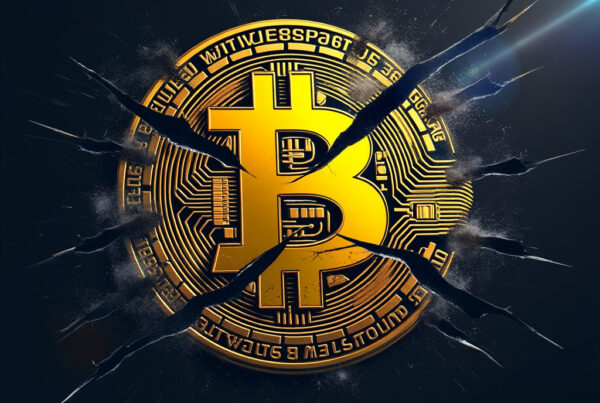As one of the first Tron Super Representative candidates, the Community Node organization has watched with great interest the various SR campaigns. We’ve come to the conclusion that an SR who passes along their rewards is slowly losing their ability to compete; they are throwing away all their equity. We realized that a token could give us the leverage we needed to get a leg up on the competition.
Since then, we have achieved an unusual level of success with our own token project. This is the first of three articles where we will share the things we’ve learned about Tron tokens and the management of a trading exchange.

Types of Tokens
Creating a cryptocurrency / token that has actual value is an important piece to the blockchain puzzle that eludes many Super Representatives. In my opinion, two strategies distinguish a token project.
1. Redemption Token
The first is what I would call a redemption token. This token is fungible based on a minimum swap out price. SEED and CGIZA are examples of this type of token. The drawback to this token is that its trading price has a hard time escaping the pegged value. This may not be a bad thing but most token holders are hoping that their holdings appreciate.
Some of these tokens have been able to hybridize and incorporate a small speculative factor into their redemption tokens but they can not escape its gravitational pull, the appreciation is limited and usually reverses.
2. Speculative Token
So there is a second type of token, what I would call a “speculative token”. These tokens are issued in massive quantity and generally are more of a Ponzi with no real value backing them. The price may go up, but it’s usually driven by someone pumping it before they dump. They are looking to sell to someone who holds more hope for the project. That is the problem with the speculative token. The current price was chosen randomly based on hope, and set by decree (also known as “fiat”). This might not be such a bad thing either, as there is always room for fundraising and speculative ventures. But caveat emptor, until there is a working product you’re not likely to get your investment back.

What Backs Your Token?
When there is little financial backing to a token, the exchange’s thin capitalization means the price you see is only good for a handful of trades. When traders notice how easily they can move the price of your token that will be when the music stops and everyone scrambles to find a chair.
Also keep in mind that the exchanges only represent a fraction of the total tokens in circulation. How big a fraction will also determine how well capitalized the token is. The collateral needs to be spread out among all the tokens that are not on the exchange.

What I have seen are super representatives trying to have the best of both worlds when they combine the two token strategies and reward their voters with promises. Setting a redemption price for a speculative token is the first hallmark of a doomed project.
Any token taking the place of voter rewards becomes an asset that has perceived value based on the rewards these voters would have gotten if they had voted for a different Super Representative.
It is essential for any token that is being used for voter rewards to accrue the capital it would otherwise be paying out to the voters. Remember, a redemption token has the capital to back every token in circulation. Whereas a speculative token has a thin capitalization. Hence, tokens without the proper capital backing are quickly exposed for the flimsy markets they are. Are the tokens you are holding in this boat?

Recipe for Success
Once in a while a coin finds the right formula that lets it follow both token strategies: One that holds its value while still offering strong returns.
Successful coins like Bitcoin were able to appreciate exponentially and still hold a solid value. Beginning with a token that is almost worthless has several benefits:
- You can start with a wide base of token holders. No successful coin has been concentrated in the hands of a few owners.
- Starting with a nominal price means a small capital increase makes it easy for the price to go up, and chances are good that at any given moment it will be undervalued.
- Big gains make for long term holders. As ironic as it seems, an investor who is sitting on gains several times over is inclined to let some or all of it ride. Someone who has waited just as long for a 40% gain is more likely to cash out and walk away.

A token manager has three choices:
- Peg the token price to a redemption value with a corresponding capitalization.
- Let the market set the price.
- Try to set an artificially high price.
Tokens which let the market set the price tend to maintain their value better than the ones where the token’s creators try to force a price on the market.
NOTE: This article was written by Community Node’s Jason Neely. Jason is a very respectable individual within the Tron community. Tron Spark may or may not agree with the material presented in this article. Nonetheless, we do consider it to be a good point of view worth analyzing.
Please follow us on Twitter for more crypto and Tron related information. Thank you for your support.






Comments